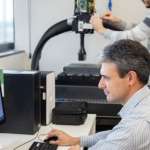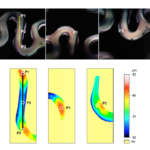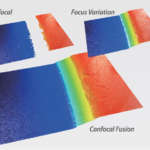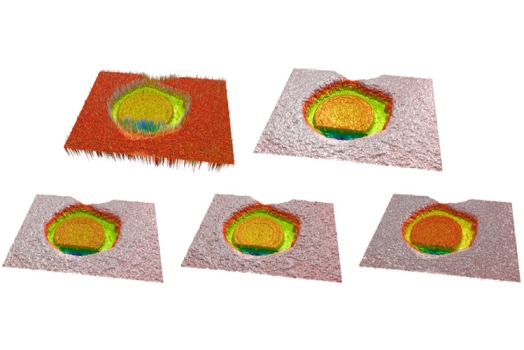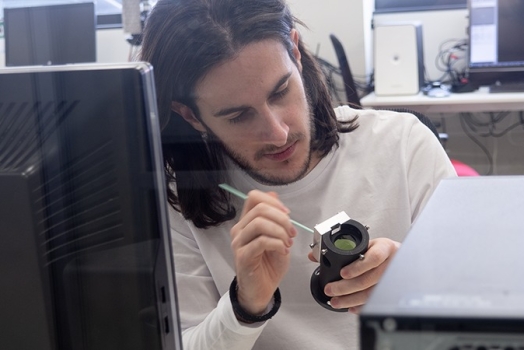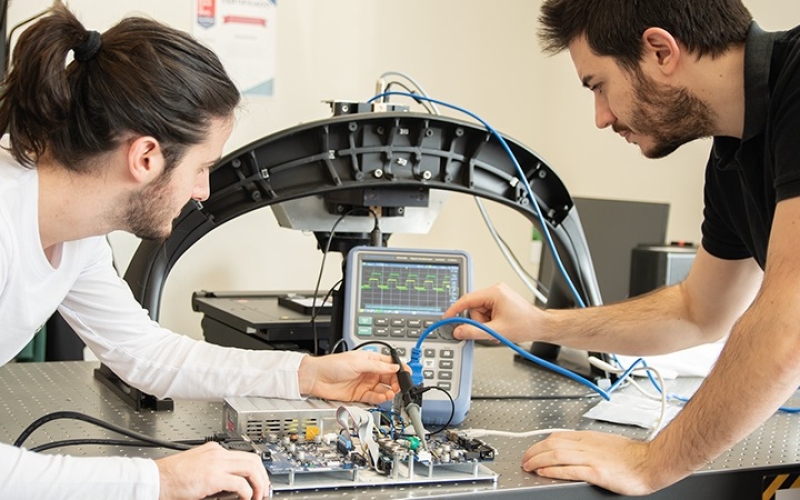
Round Robin test on bio-imaging transfer standard for 3D optical profilers
2010年よりSensofarで共焦点法、干渉法、焦点移動法の開発に携わる。2018年より研究開発エンジニアリングマネージャーを務める。光学機械システム設計と画像処理に焦点を当てている。\n光工学におけるその総合的な研究活動は、Sensofarの研究開発グループをイノベーションと高い技術レベルで常に最先端に立つ卓越した位置付けへと導いている。
Round Robin test on bio-imaging transfer standard for 3D optical profilers, full article
A. Nolvi,1,2 T. Viitala,1 A. García Pérez,1 N. Sandler,3 E. Hæggström,1 C. Bermudez,4 R. Artigas,4 I. Kassamakov1
1Univ. of Helsinki (Finland)
2Åbo Akademi (Finland)
3Åbo Akademi Univ. (Finland)
4Sensofar Tech SL, (Spain)
Proceedings Volume 10110, Photonic Instrumentation Engineering IV; 101100M (2017)
Event: SPIE OPTO, 2017, San Francisco, California, United States
Abstract
A stair case height Bio-Transfer-Standard (BTS), developed and produced at the University of Helsinki (UH), was measured in two laboratories. The Round Robin test on bio-imaging, aims to determine whether BTS works with different optical profilers in different laboratories. First the artefact was measured at UH using a custom-built Scanning White Light Interferometer. Then BTS was measured at Sensofar-Tech, S.L. using an S neox type interferometer working either in Phase Shifting Interferometry mode or in Imaging Confocal Microscopy mode. To remove the influence of system calibration, a method featuring sample shifting and measurement subtraction was used. The BTS features eight lipid bilayer steps that each are 4.6 ± 0.1 nm tall on average.
All 30 measurements done by four different operators at the two laboratories agree to within 0.1 nm which agrees with theoretical estimates and with measurements done using a surface plasmon resonance technique. The Round Robin results show the applicability of the newly developed bio-imaging transfer standard for calibrating 3D optical profilers.



